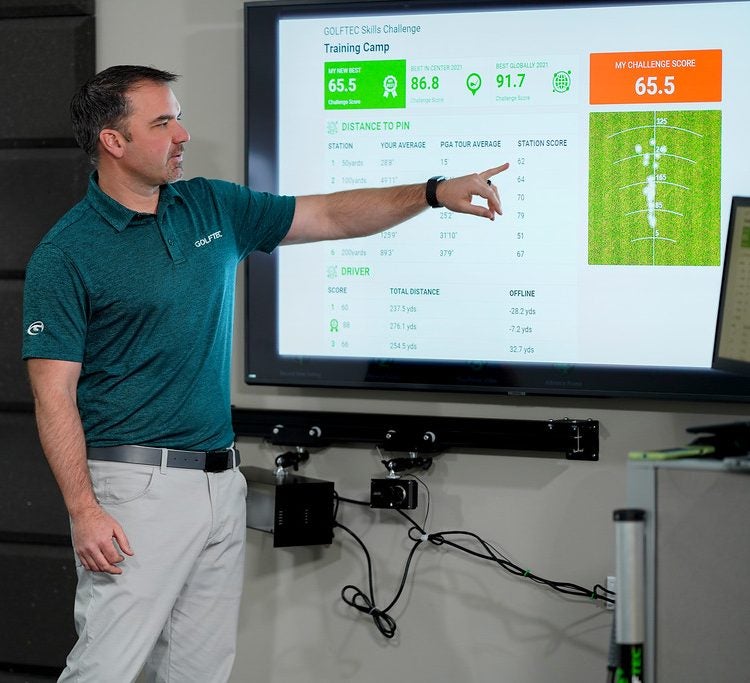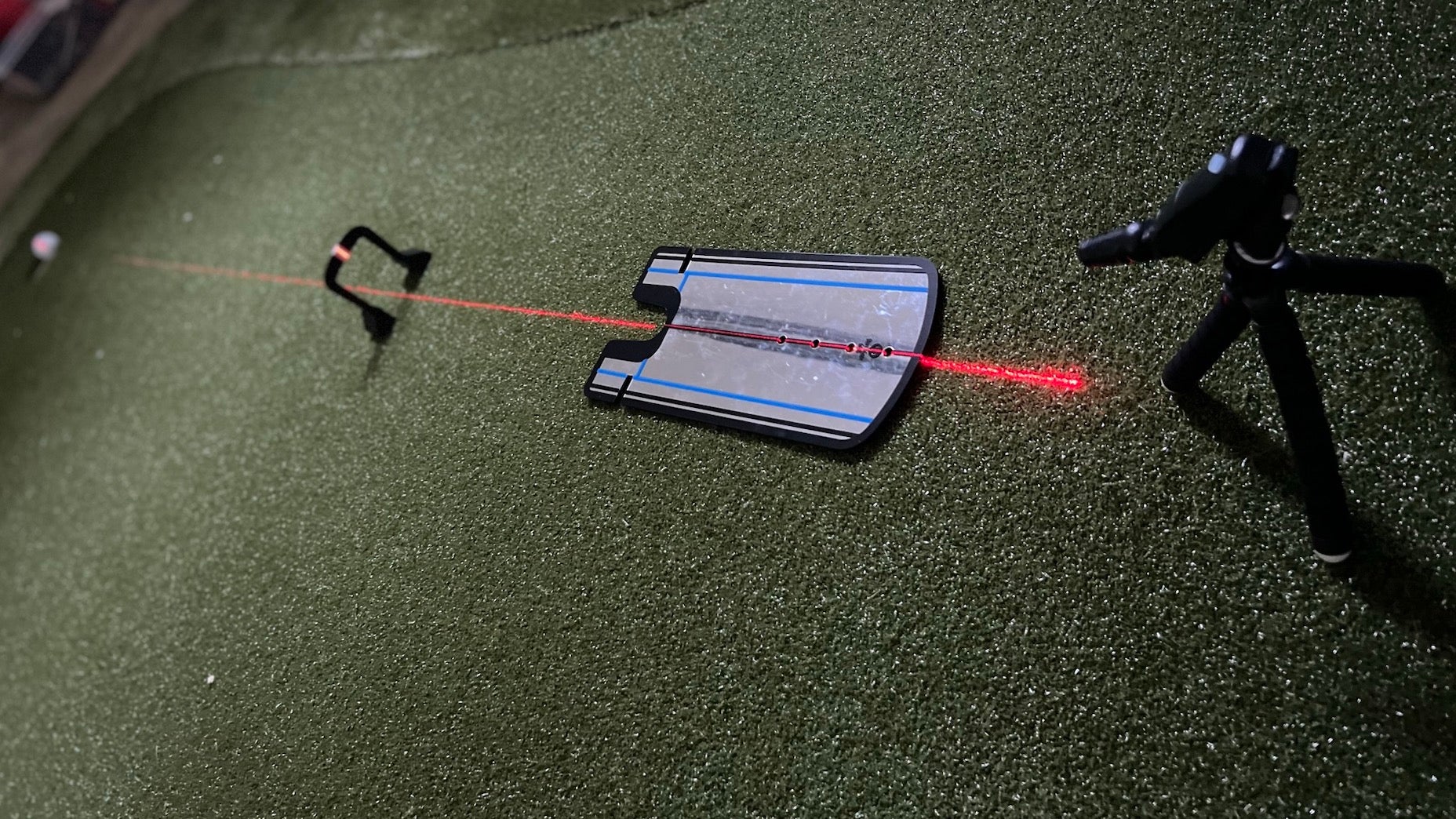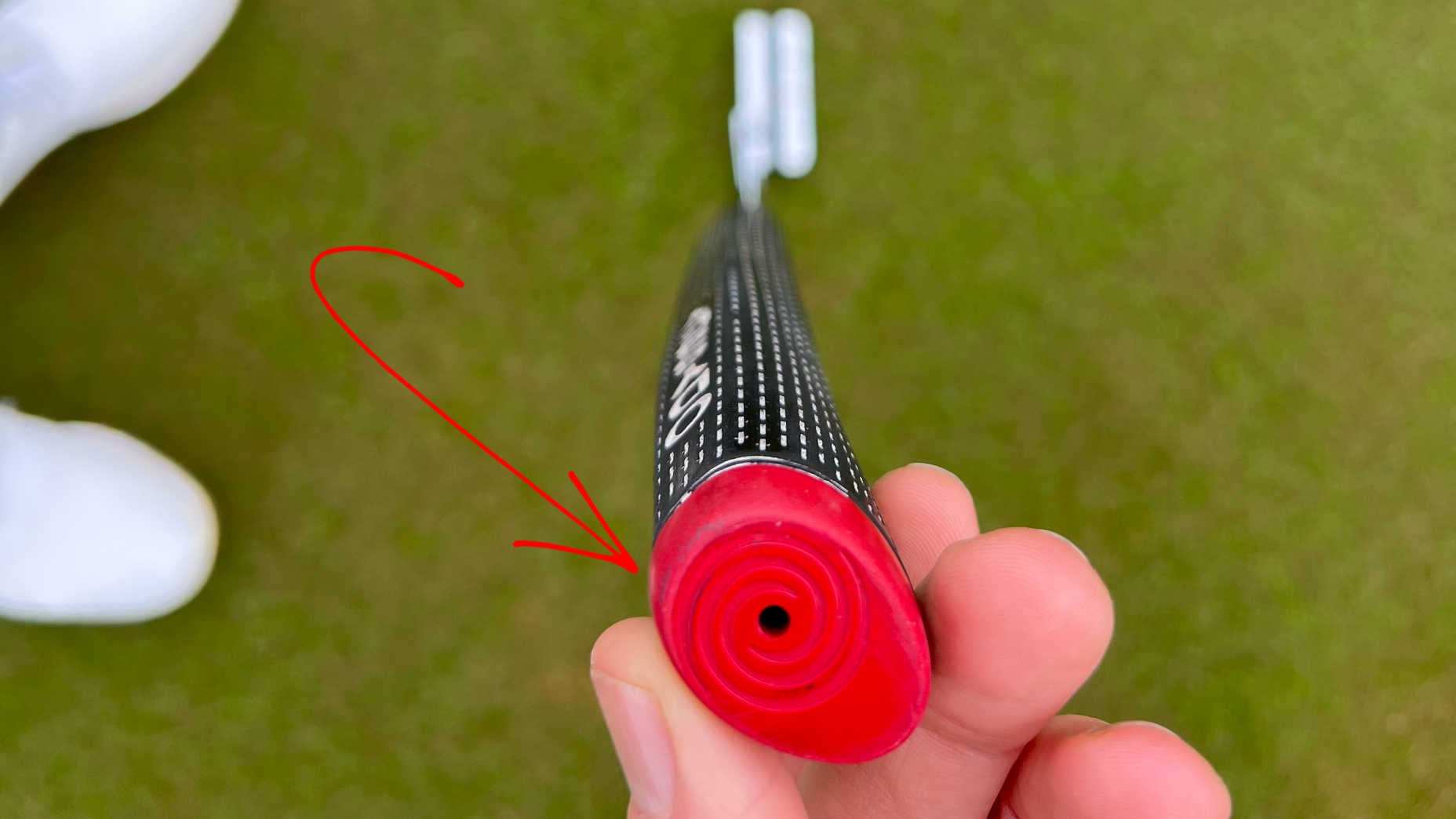When it comes to making more putts from short range, the margins are thin. On the whole, these aren’t putts that are really breaking a large amount — maybe a ball on either side of the cup. Instead, what determines whether these putts end up in the hole is the speed you hit them and, crucially, the direction your putterface is pointing at impact. The smallest margin of error can result in a push or pull that misses the cup.

Book your GOLFTEC Lesson today!
GOLFTEC’s GOLF Top 100 Teacher Nick Clearwater, alongside pro golfer Hannah Gregg, run through a series of quick and easy drills you can do from home, that will help you do that. You can watch the video above, or keep scrolling.
And you can book your own lesson at GOLFTEC right here!

1. Dots (or a line)
If you’re trying to nail down your start line, the first thing you can do is to literally use a line on the ground. A series of dots works just as well, but either way, find a straight putt and draw a line on the ground. Then start hitting putts making sure your ball rolls down it, Cleartwater says. If the ball starts left, the putter face is closed. If it starts right, it’s open.

2. Ruler
If you don’t want to, or can’t, putt down a line, then you can use a yardstick ruler instead. Simply lay it on the ground and place a golf ball on it, then hit putts making the ball roll down the ruler. If you do that, Clearwater explains, you know you’re starting your golf ball where you want.

3. Gates
With either of these drills, or instead of them, adding a putting gate will ensure that your ball is starting on the intended line. If you’re pushing or pulling your putts, your ball will crash into the gate, and you’ll be able to tell your flaw immediately.









